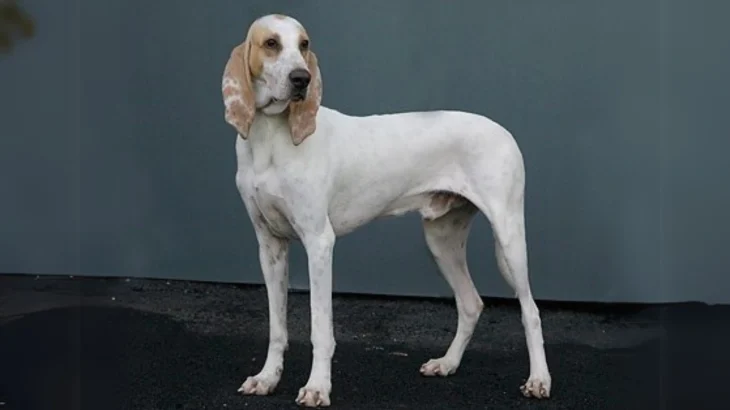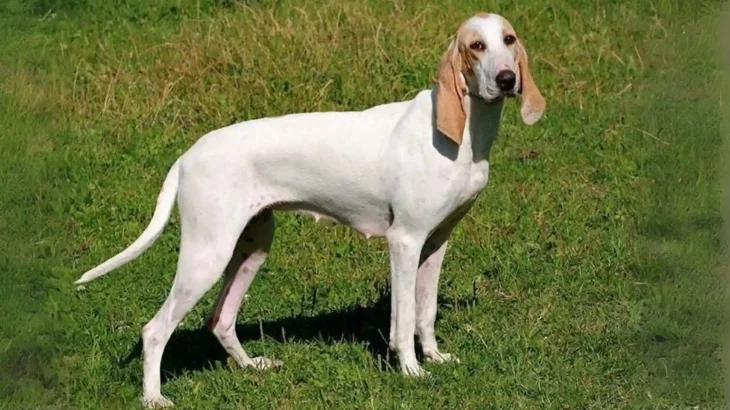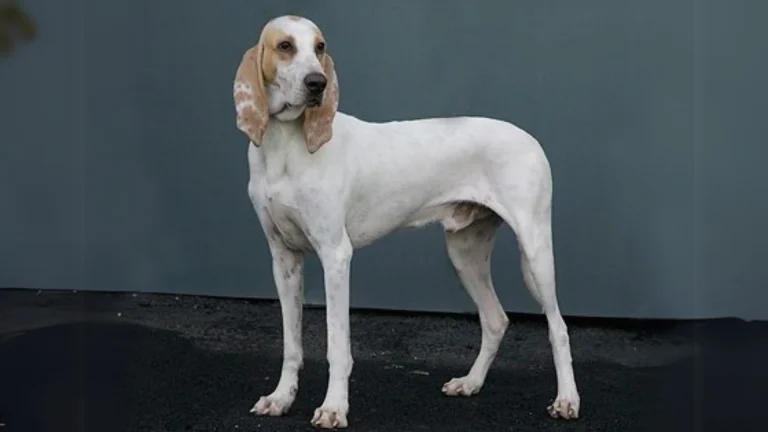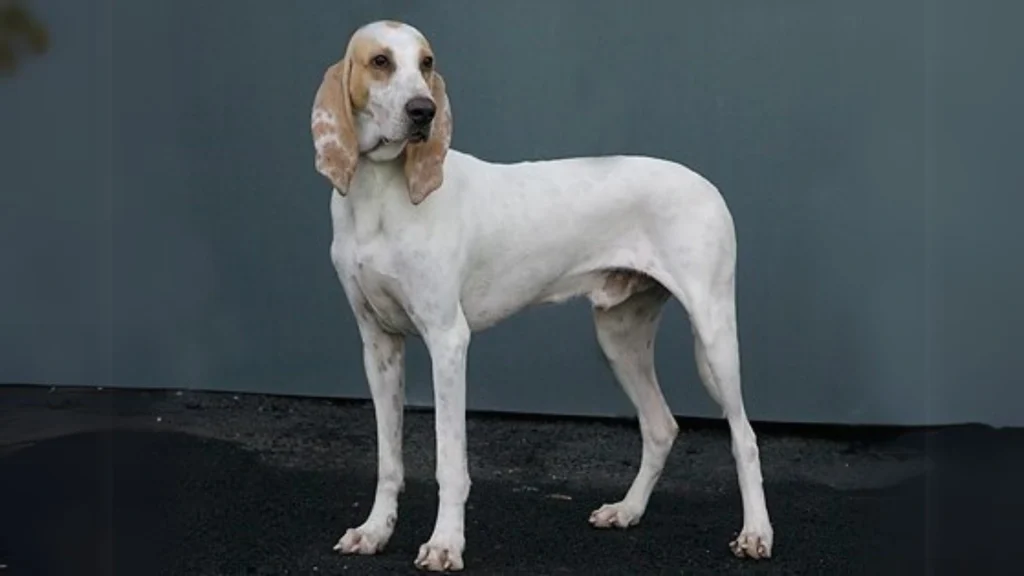When deciding to bring a Porcelaine puppy into your home, you can either adopt or purchase from a breeder. Each choice has unique benefits and considerations, especially regarding health transparency and ethical factors related to this particular breed.
Adoption vs. Breeder: Pros & Cons
| Criteria | Buying from Breeder | Adopting from Shelter/Rescue |
|---|---|---|
| Cost | Generally higher, reflecting the breed's rarity and pedigree documentation. | Usually lower adoption fees, but Porcelaine puppies may be less commonly available for adoption. |
| Health History | Comprehensive health screening and genetic history typically provided. | Health background may be less detailed; basic health checks are standard. |
| Age Availability | Primarily young puppies, letting you raise your Porcelaine from an early age. | Varied ages may be available, though Porcelaine dogs are rare in rescues. |
| Temperament Insight | Breeders often provide insight into lineage temperament and behavior. | Temperament may vary due to unknown backgrounds. |
| Supporting Practices | Supports breed preservation and responsible breeding if ethical. | Promotes animal welfare by giving homes to dogs in need. |
| Ethical Considerations | Important to verify breeder's ethics to avoid puppy mills. | Allows providing a second chance to dogs that may have faced hardship. |




















































